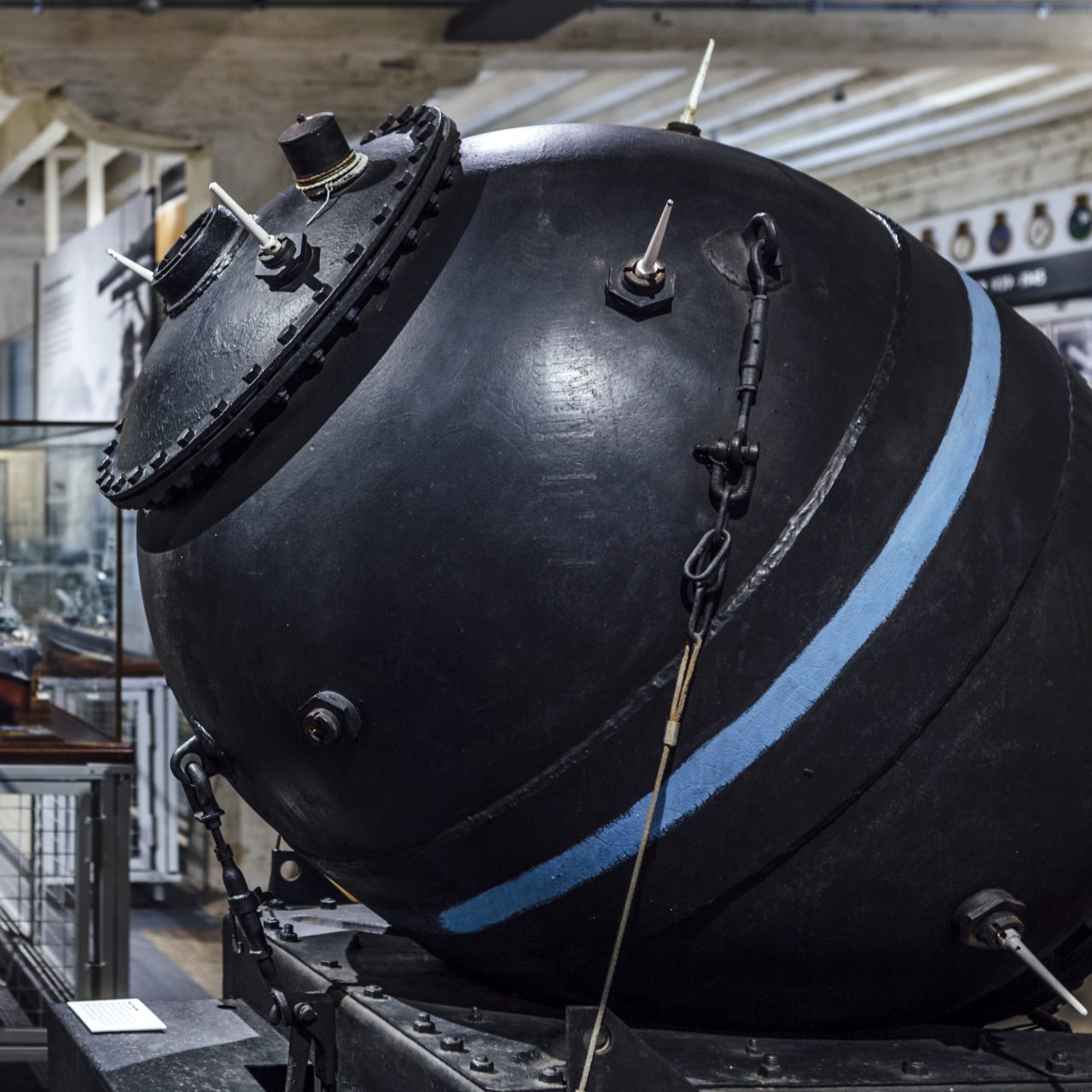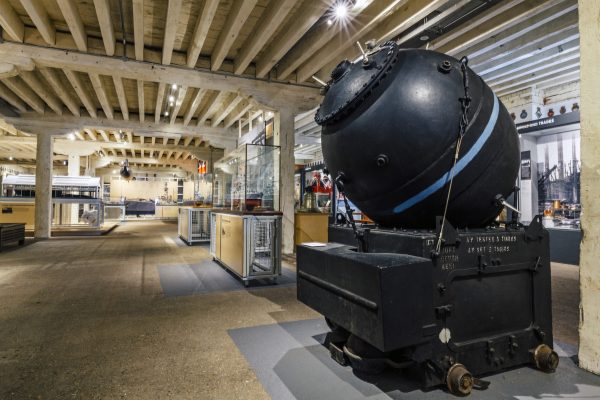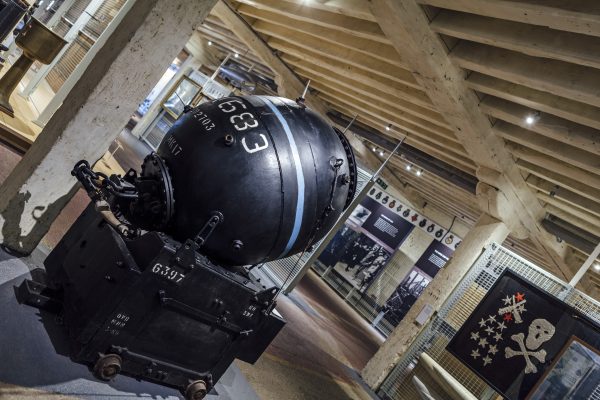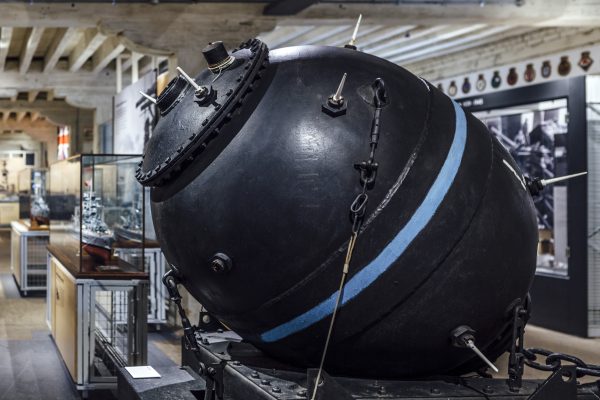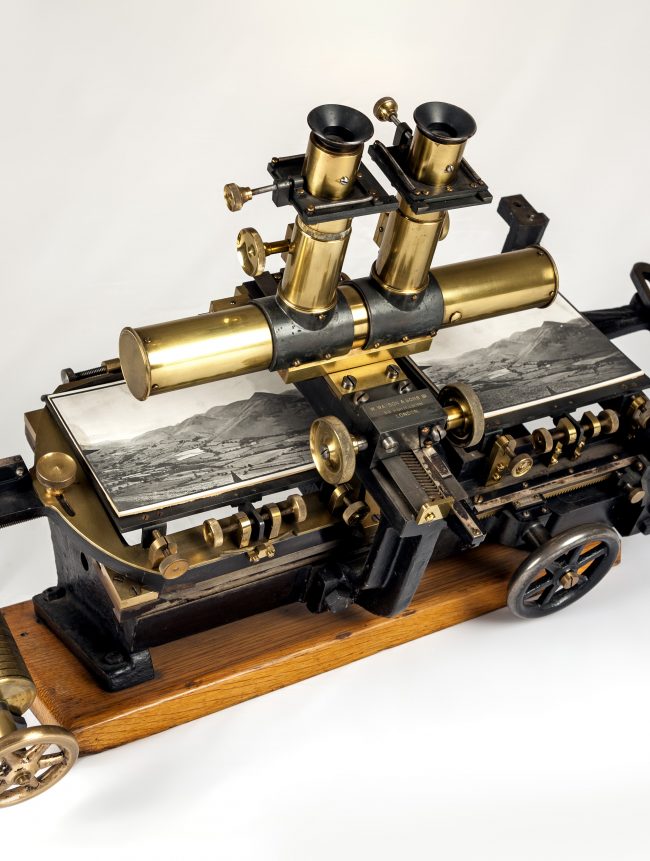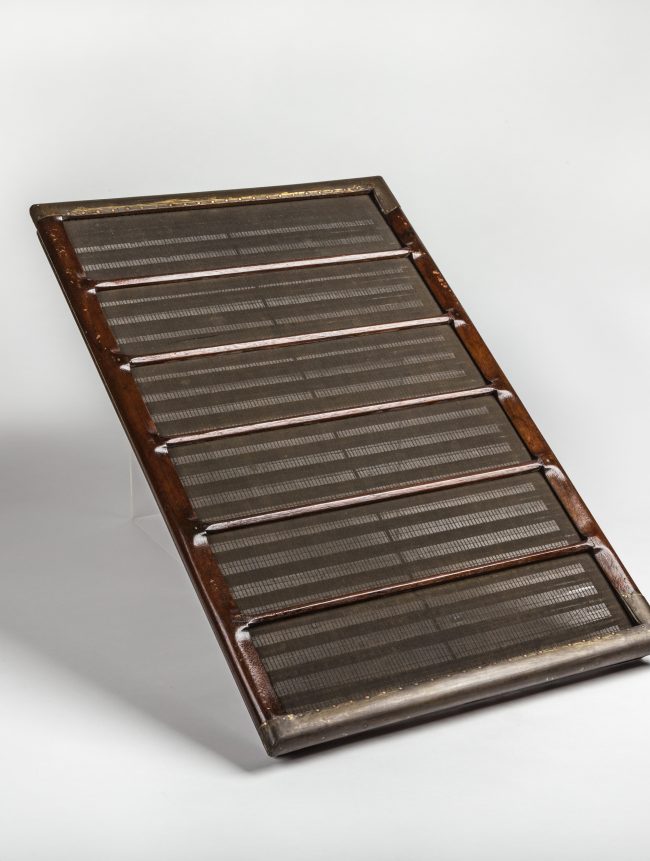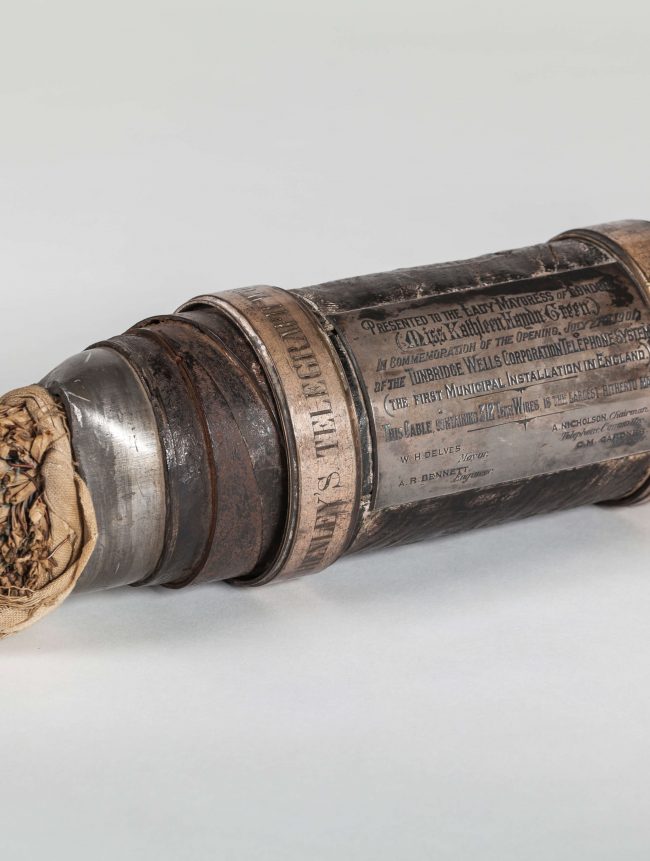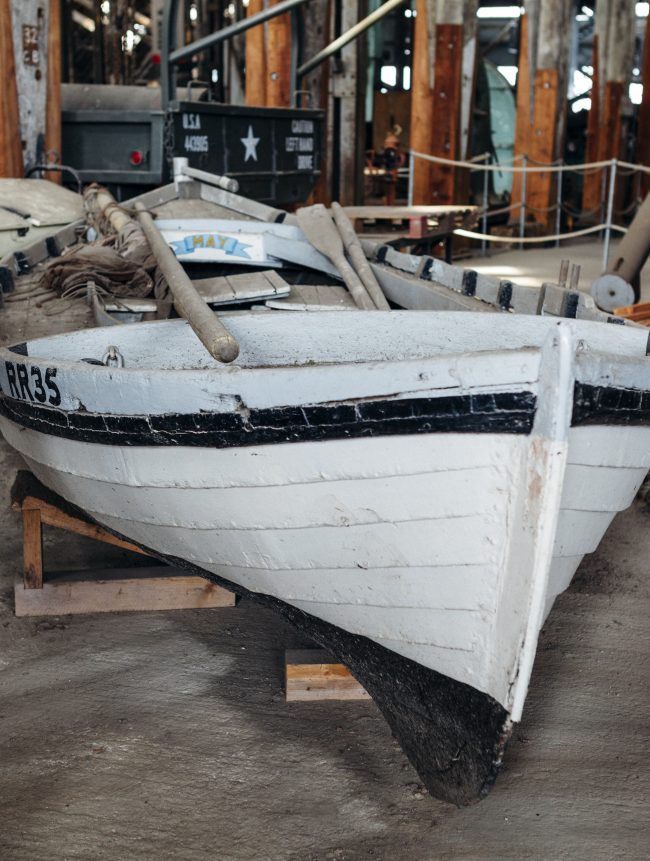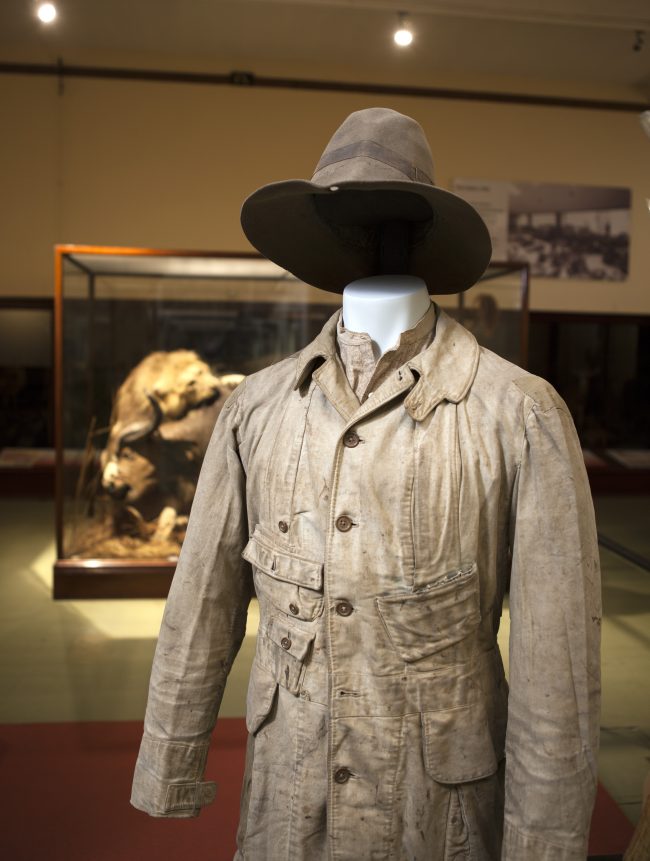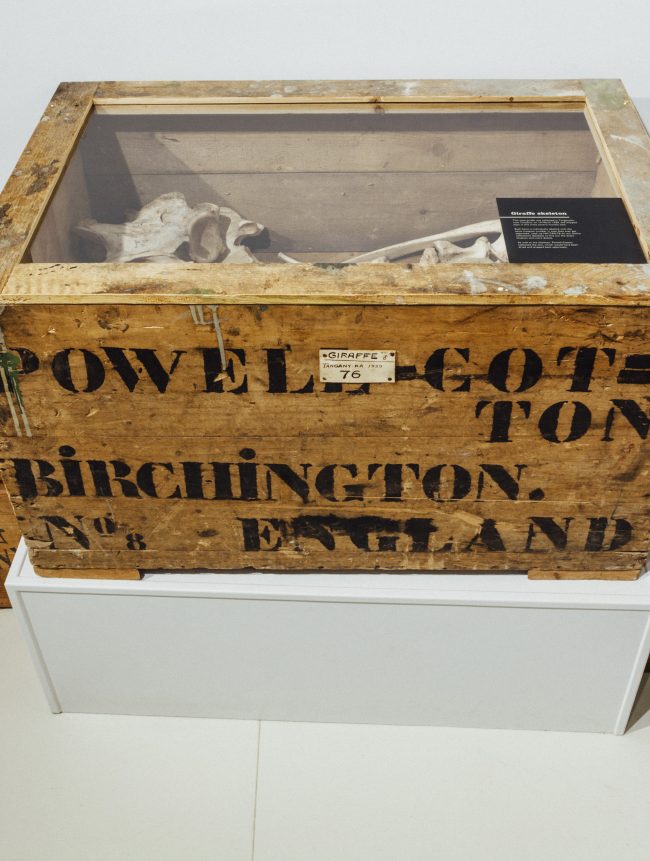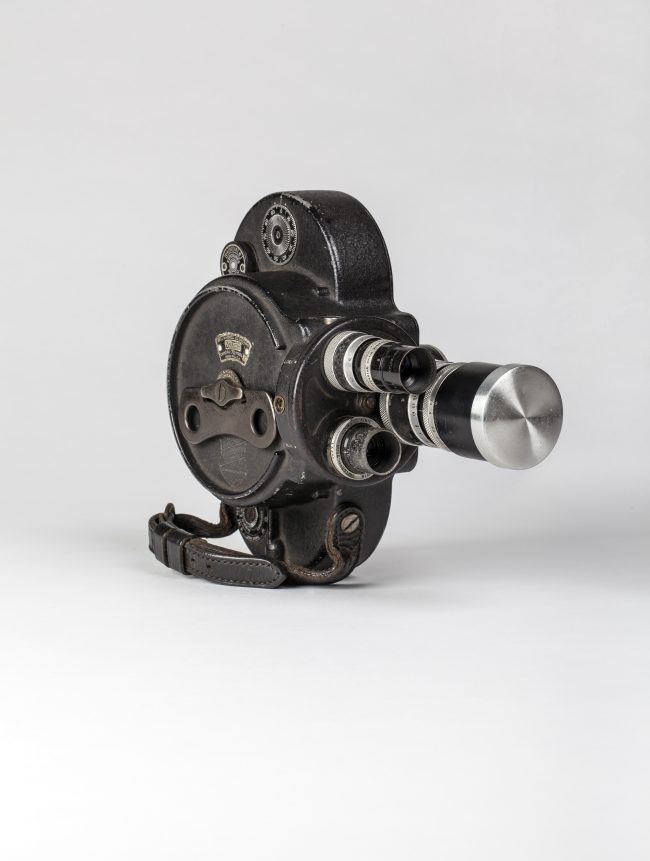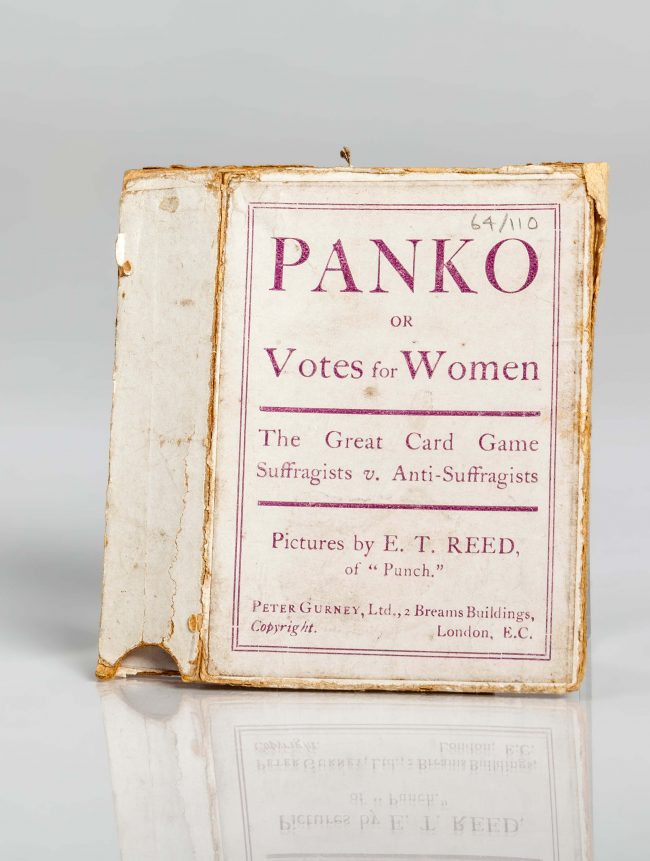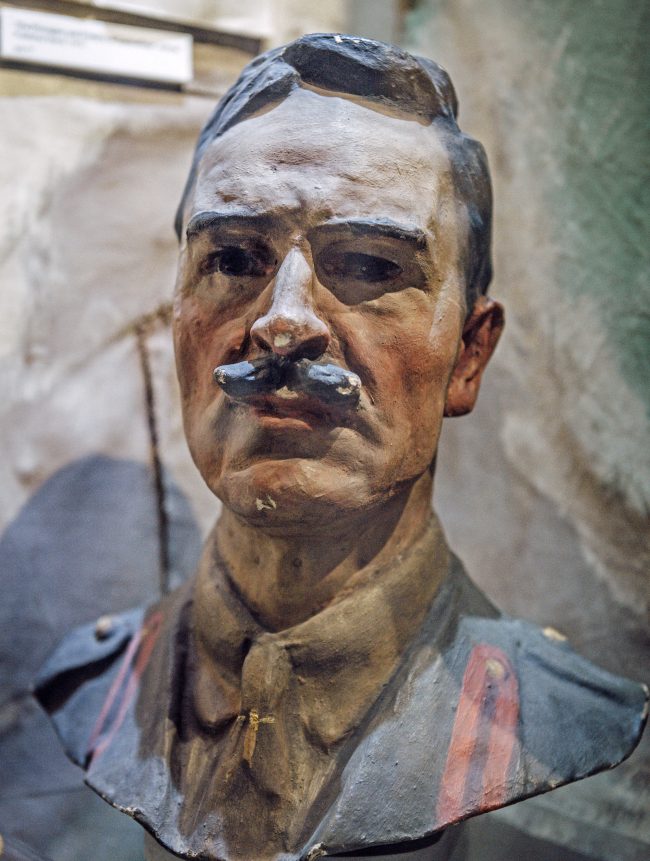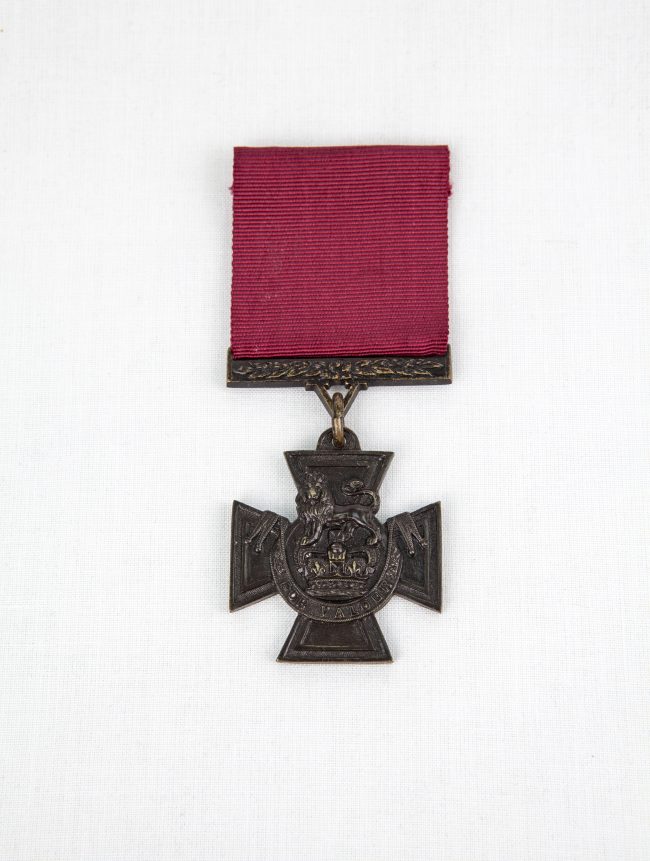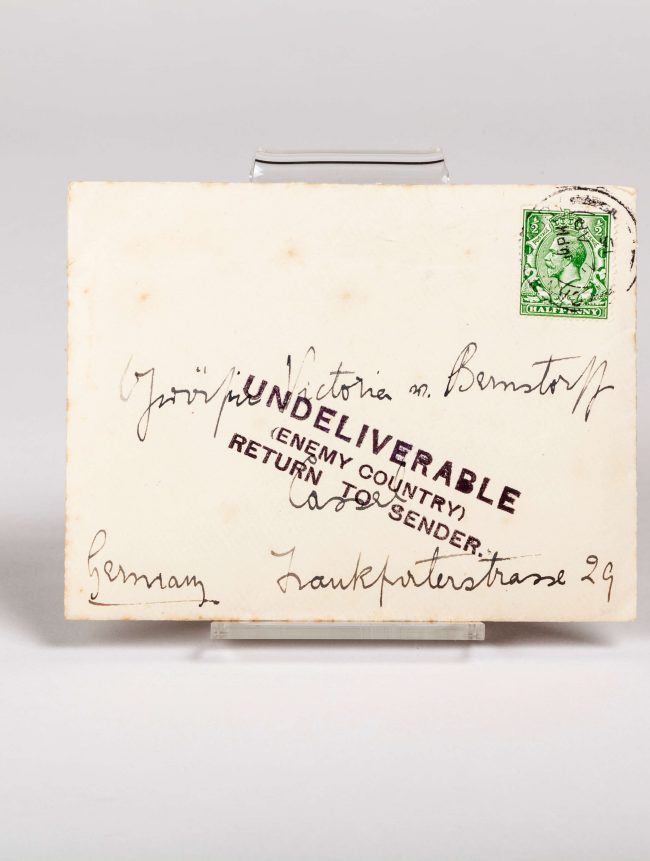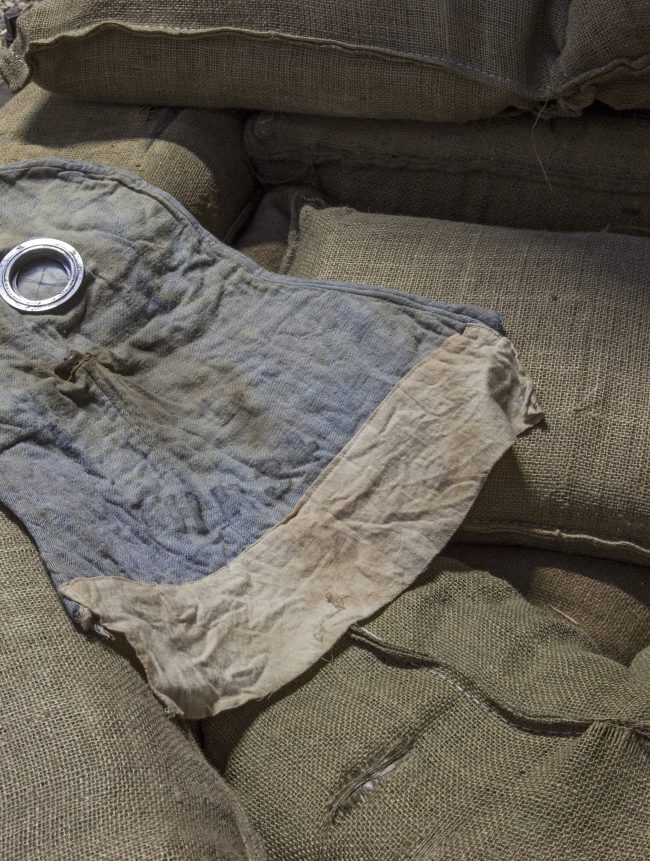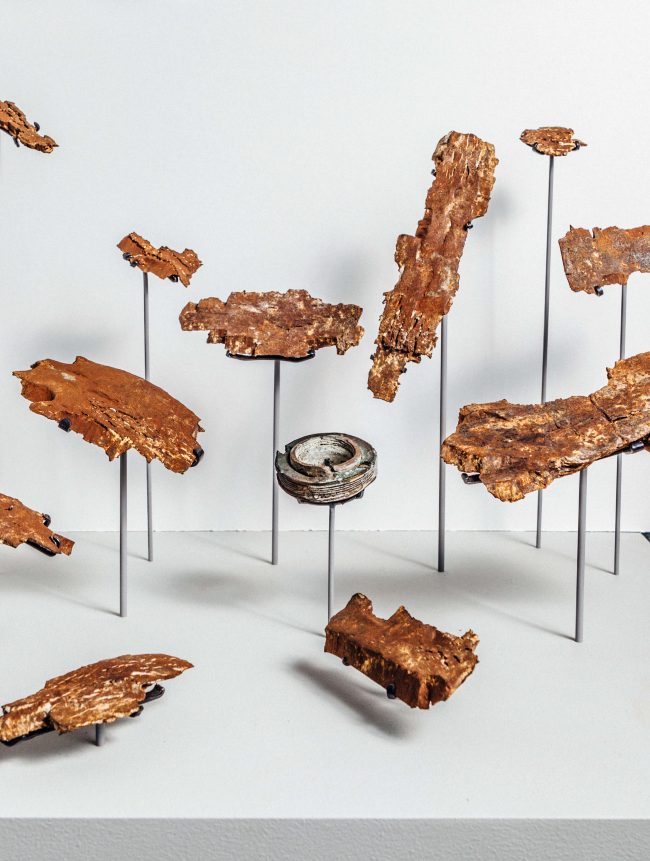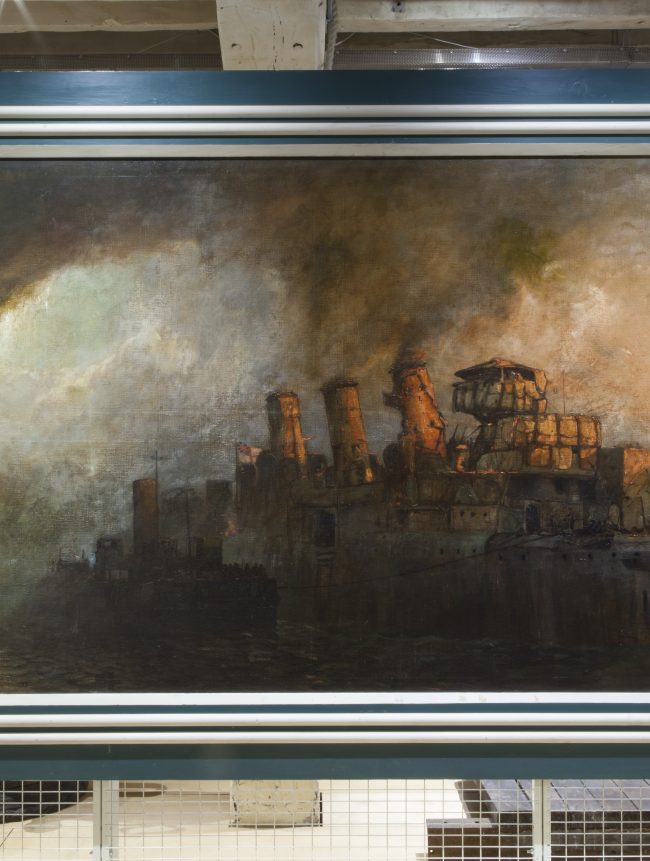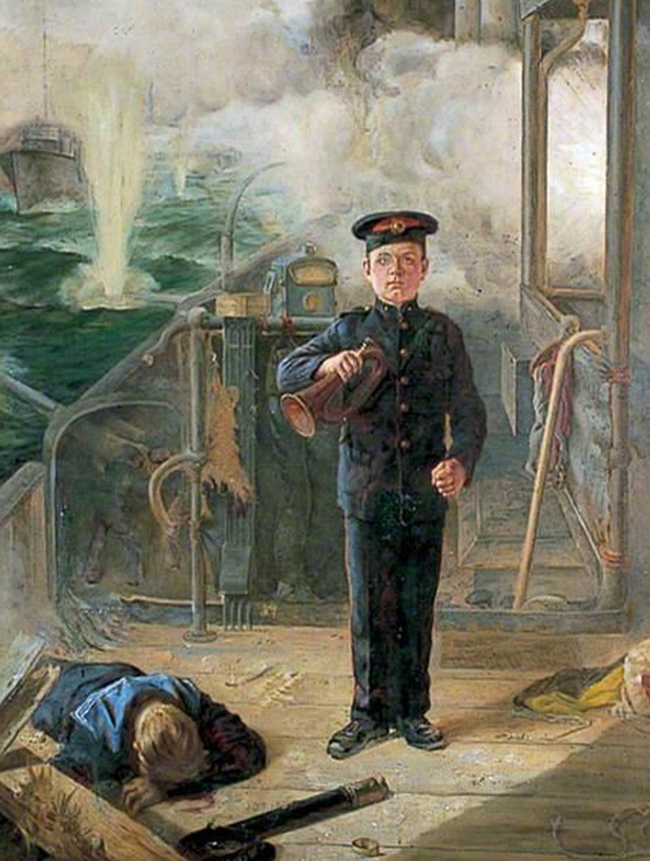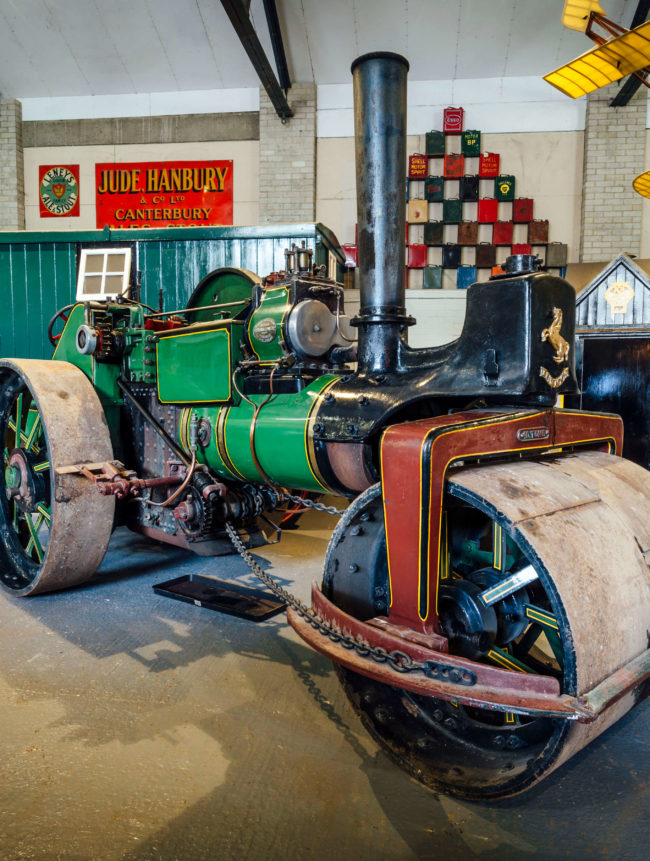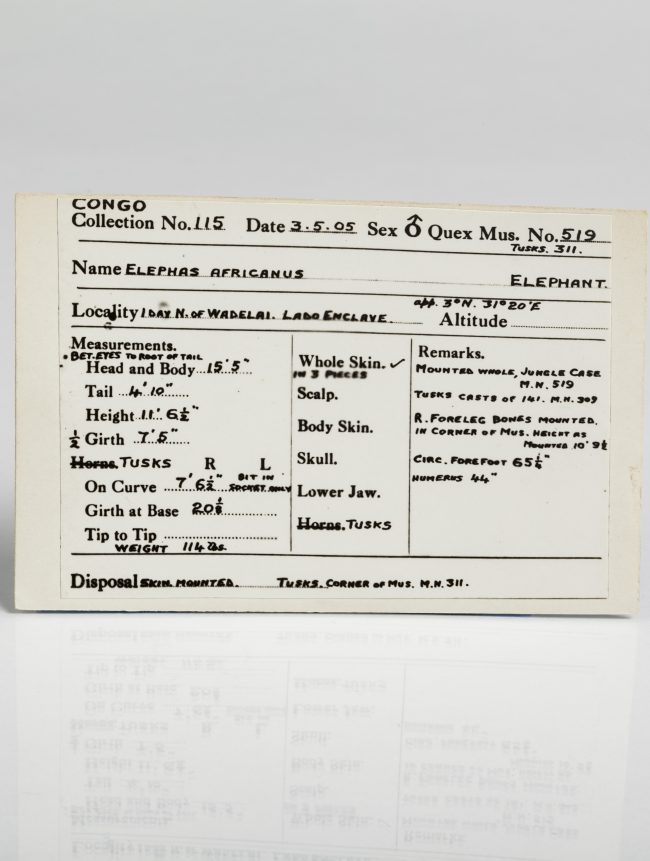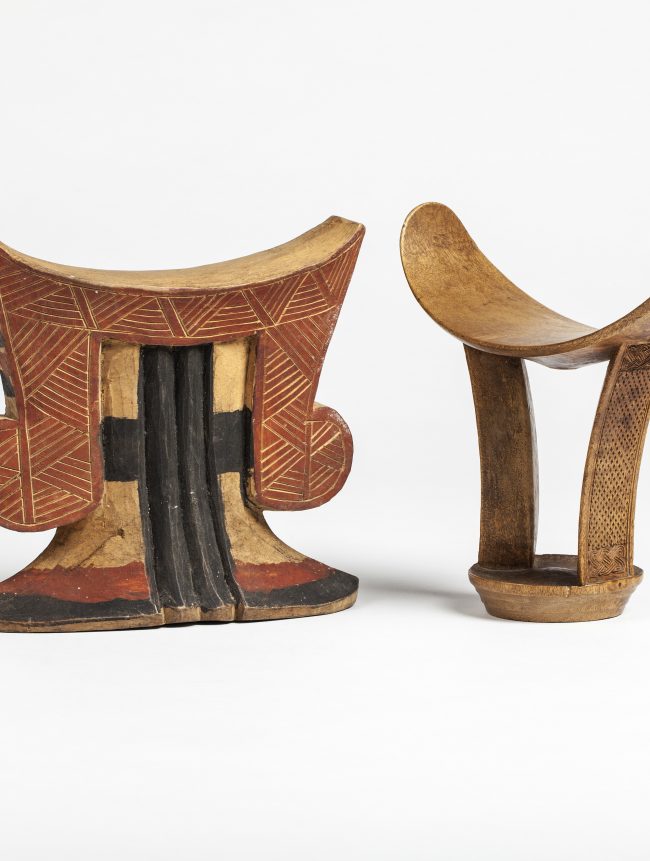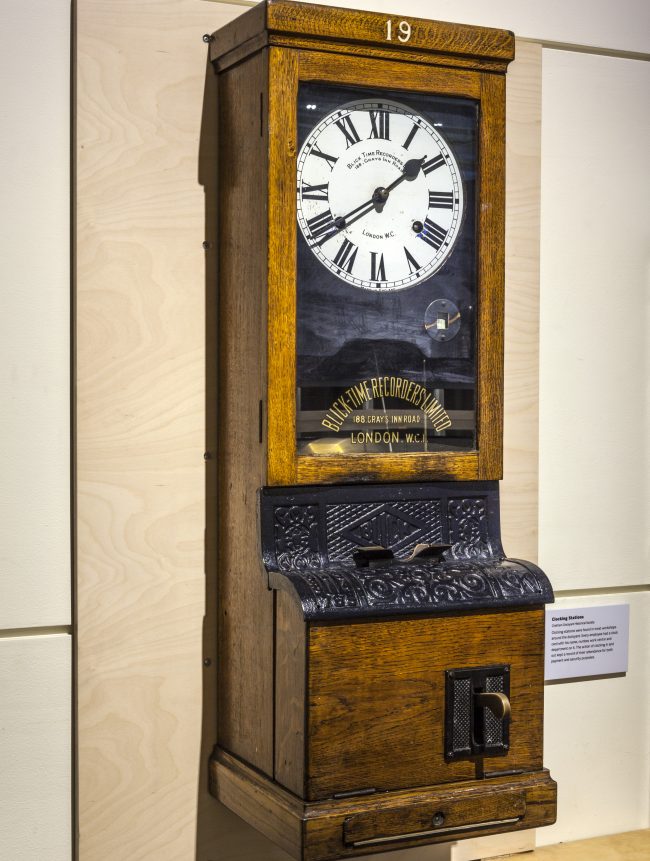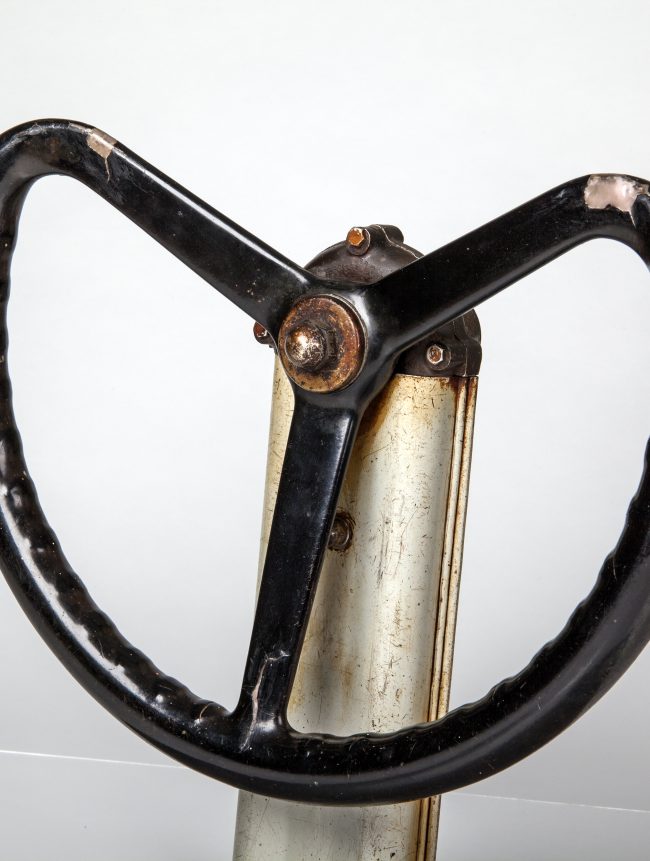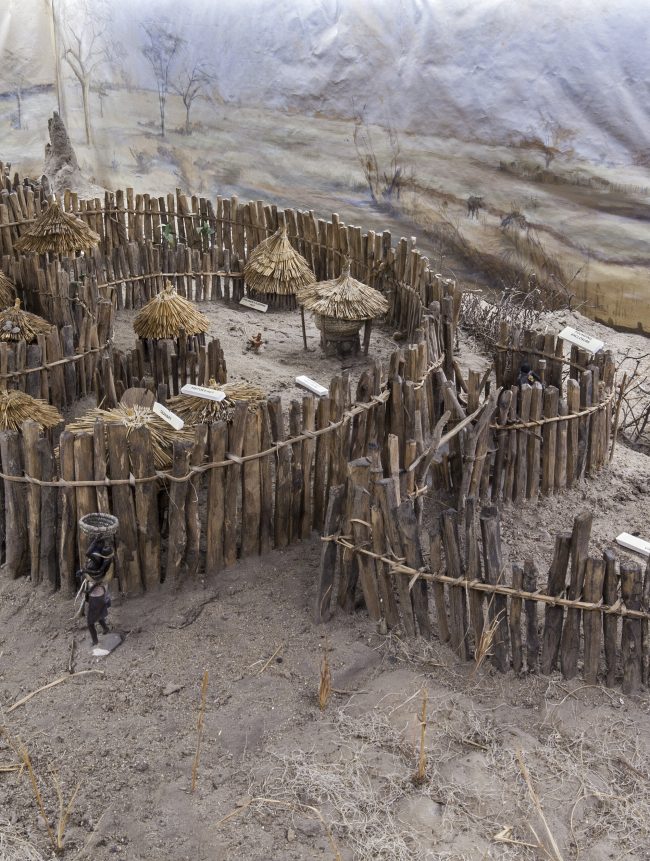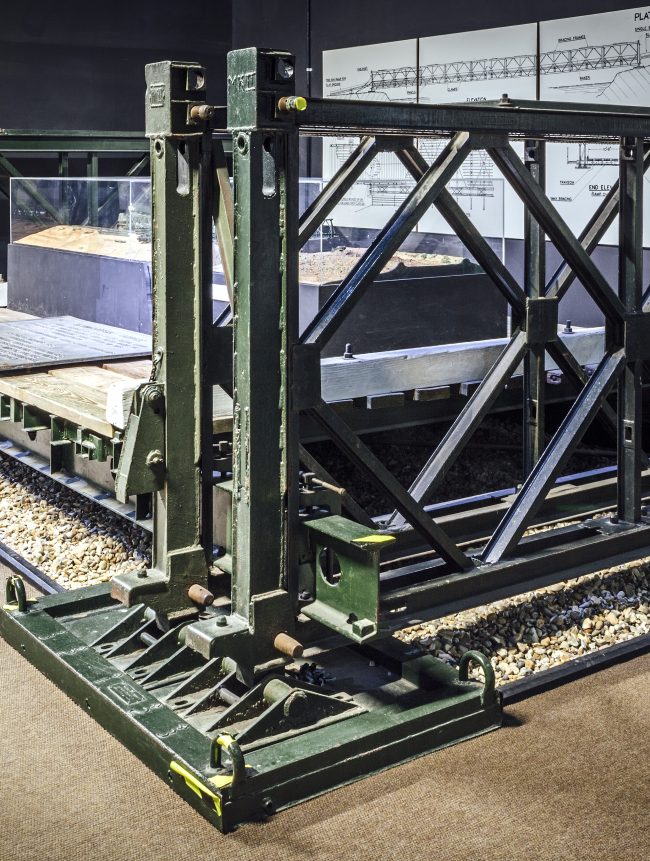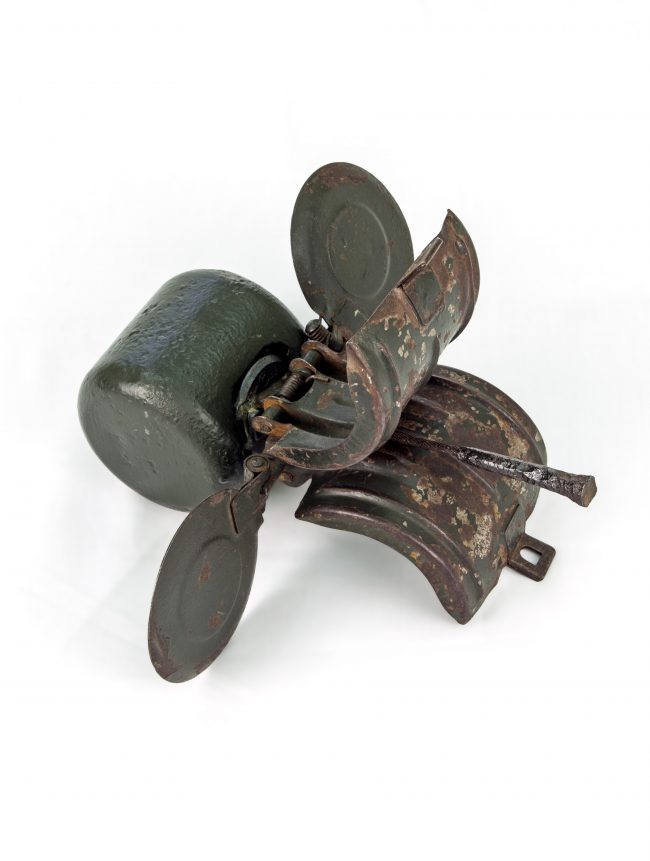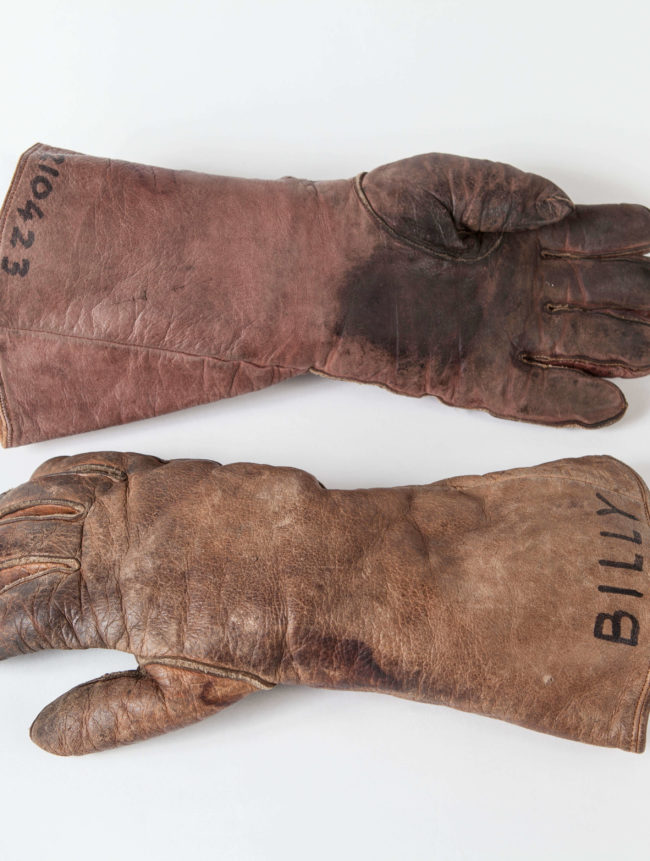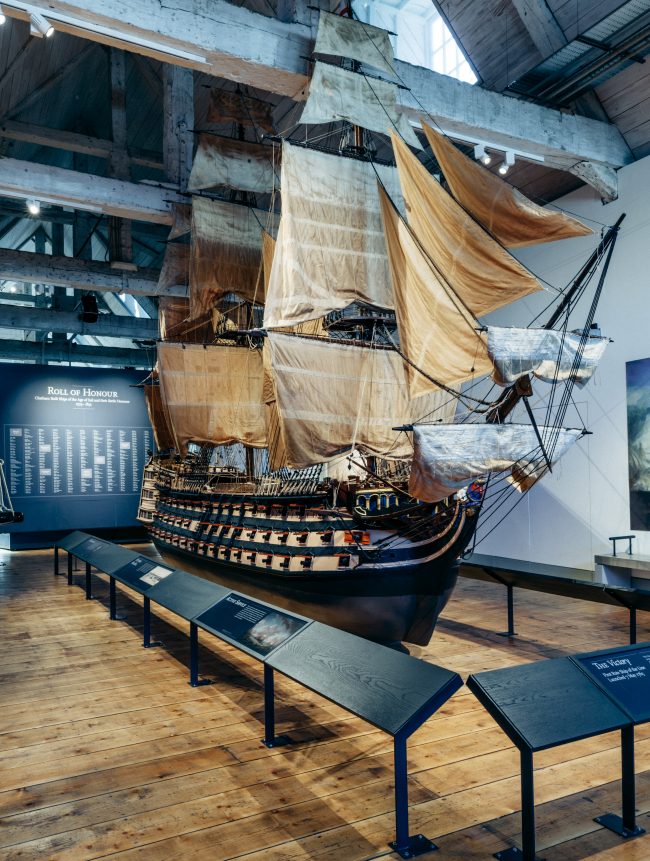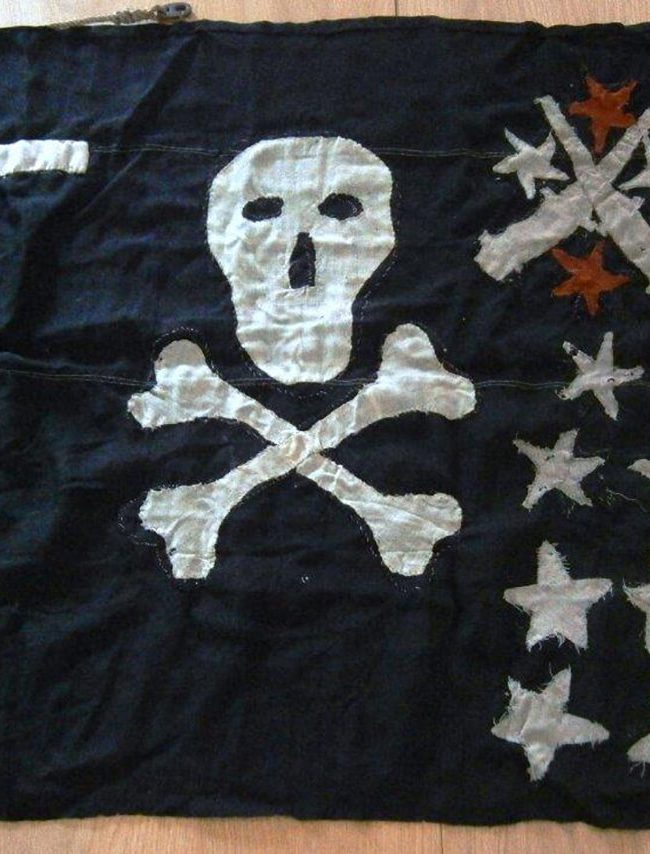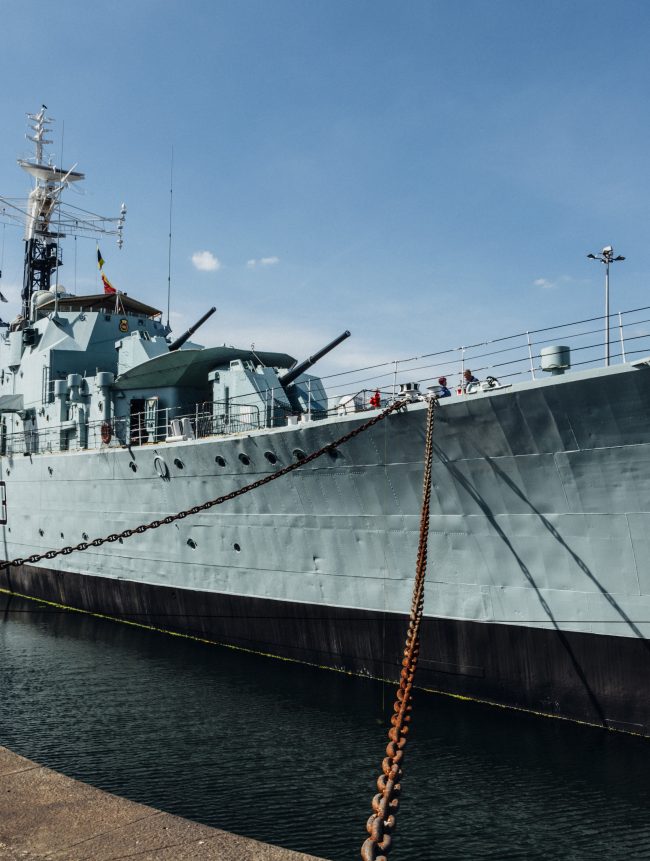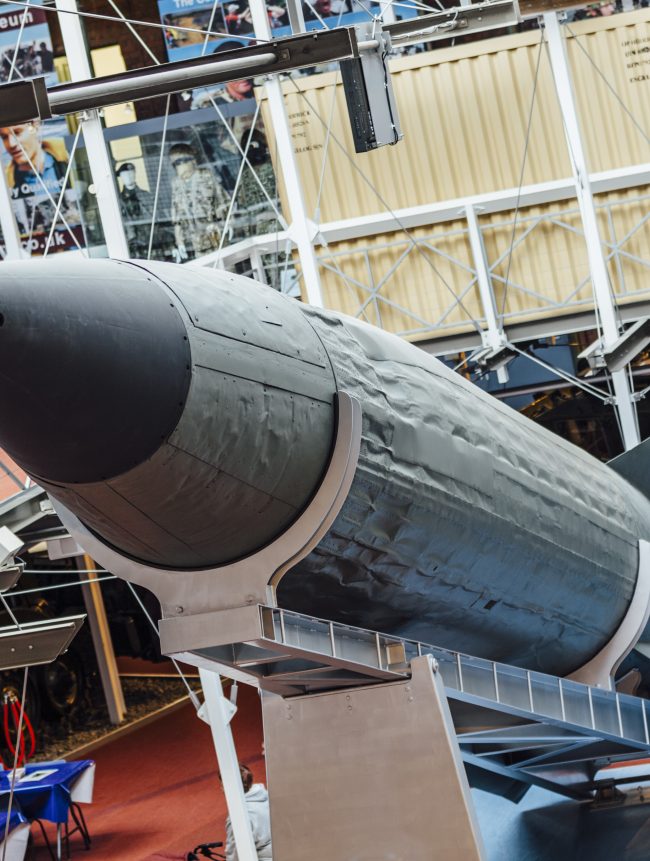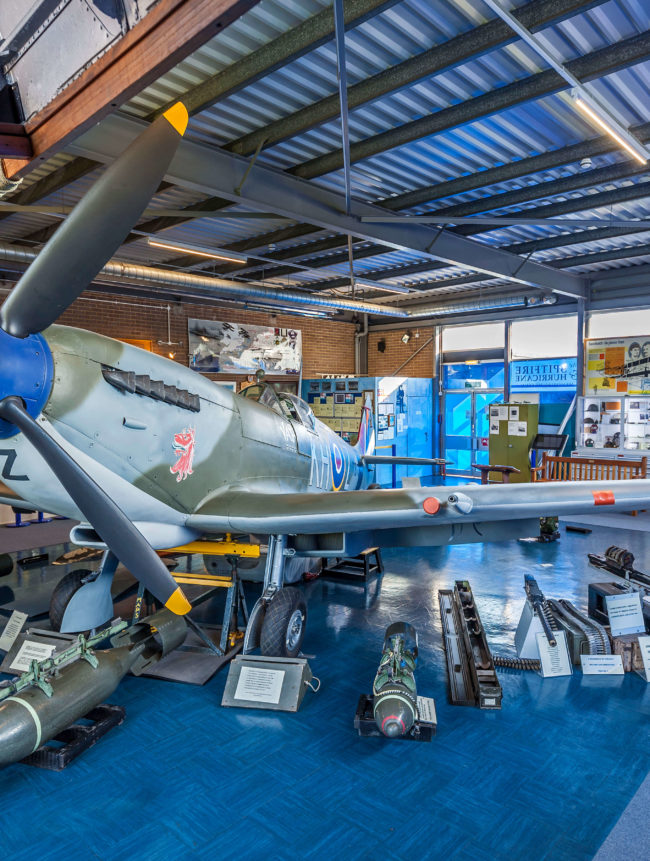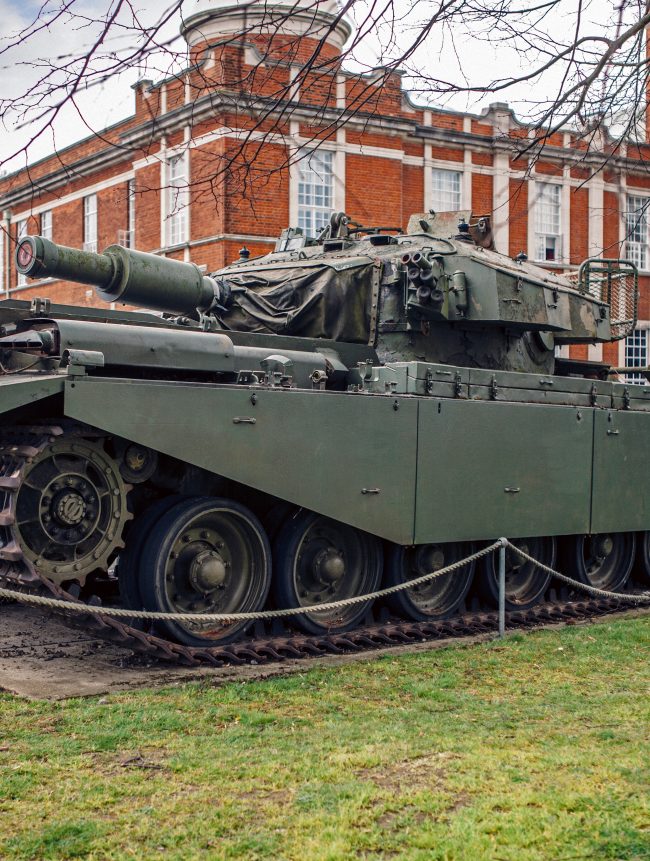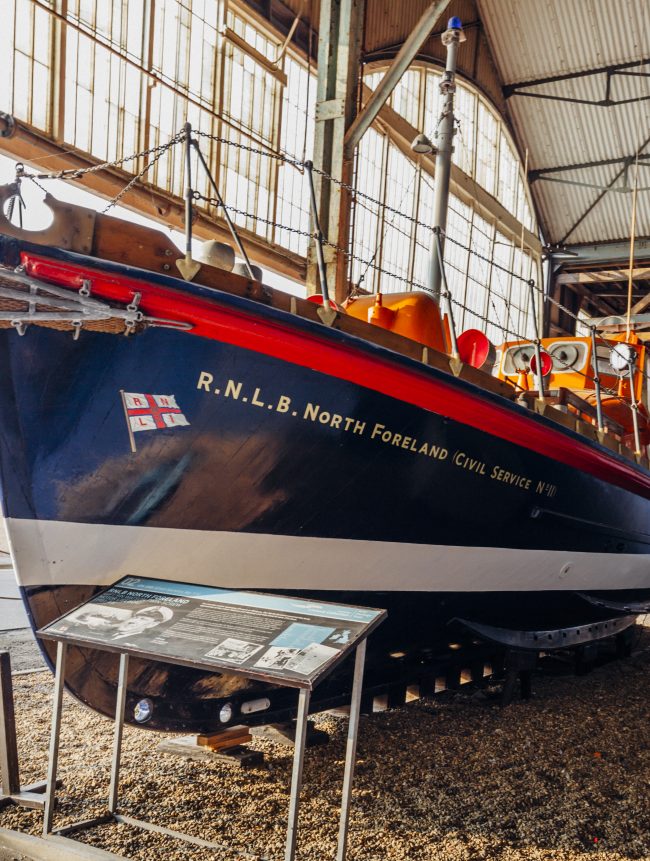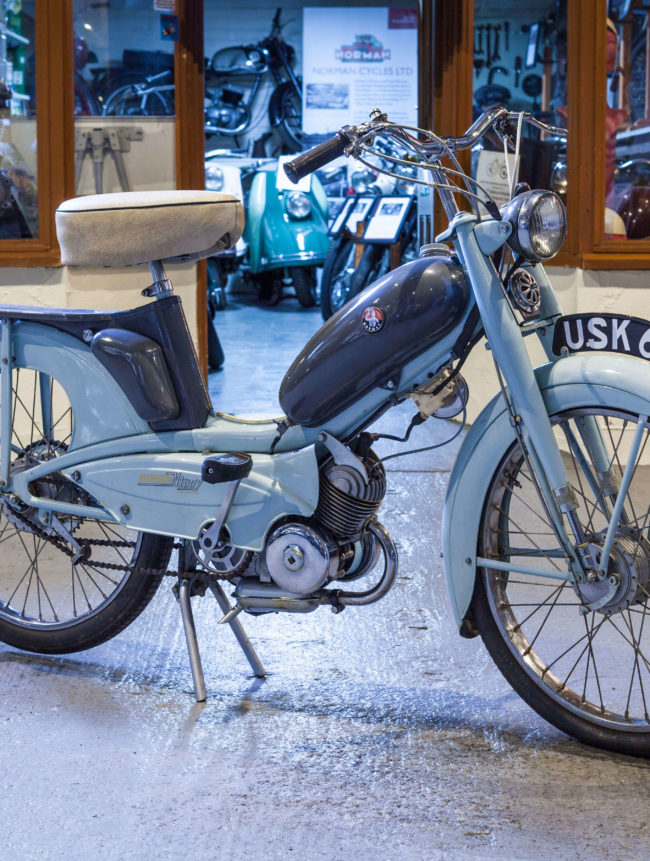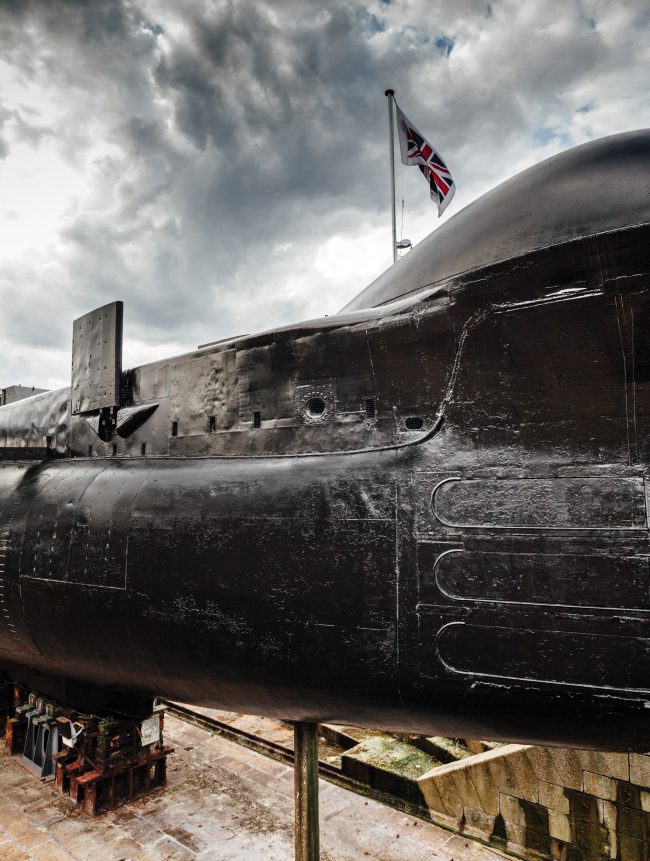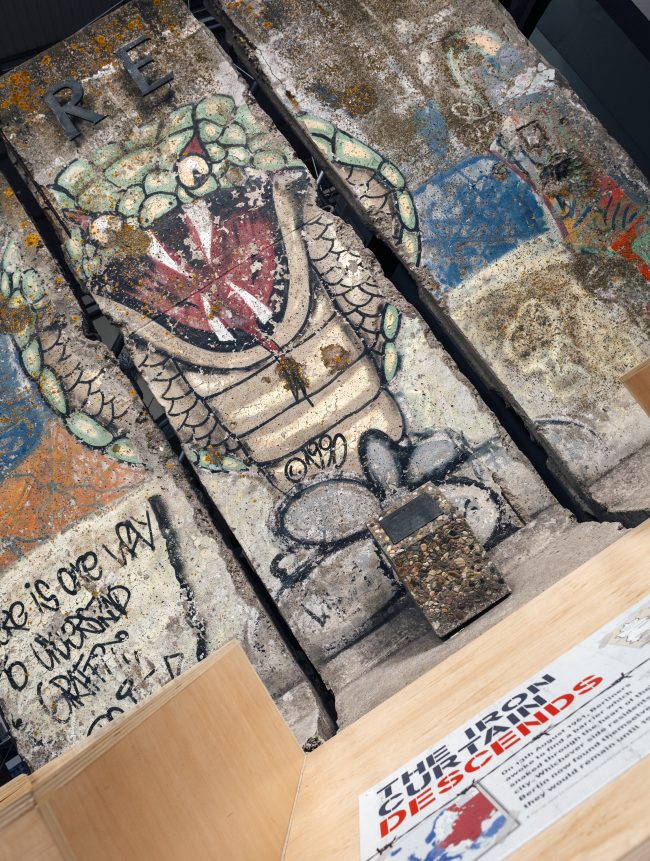About
British Coastal defence. As ‘front line Kent’ and major repair base for the Royal Navy, Chatham Dockyard was witness to many examples of damage caused to warships by German mines.
Learning
The British experienced a stroke of luck in November 1939 when a German mine was dropped from an aircraft onto the mud flats off Shoeburyness during low tide. Additionally, the land belonged to the army and a base with men and workshops was at hand. Experts were dispatched from HMS Vernon to investigate the mine. They had some idea that the mines could use magnetic sensors, so everyone removed all metal, including their buttons, and made tools of non-magnetic brass. They disarmed the mine and rushed it to labs at HMS Vernon, where scientists discovered a new type of arming mechanism.
A large ferrous object passing through the Earth’s magnetic field will concentrate the field through it; the mine’s detector was designed to trigger as a ship passed over, when its magnetic field was concentrated as measured by the mine. The mechanism had an adjustable sensitivity, calibrated in milligauss. (As it turned out, the German firing mechanism was overly sensitive, making sweeping easier.) The U.S. began adding delay counters to their magnetic mines in June 1945. The weapon as currently displayed, is without its sinker, which would normally sit on prior to deployment, and which would act as an anchor in use.
Curriculum Links:
- KS1: Local History, Significant Events
- KS2: Local History, Second World War, Forces, Mechanical Systems
- KS3: Local History, Britain 1901- Present Day, Developments in Design and Technology, Materials and Components, Forces, Chemical Changes
- KS4: Metals and Alloys, Energy Changes in Chemistry


